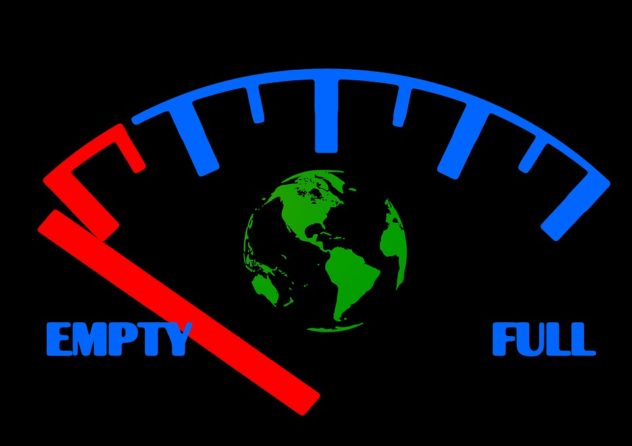Pre-Reading Questions:
- How do you feel about climate change?
- Which region in your country has the best weather?
Vocabulary:
- carbon footprint /KAHR-buhn FOOT-print /
- firm /furm/
- availability /uh-vei-luh-BI-luh-tee/
- in the long run /in-the-LAWNG-run/
- source /sohrs/
[noun] –a measurement of the amount of carbon dioxide produced by the activities of a person, company, organization, etc.
Researchers are looking for more ways to reduce carbon footprint.
[noun] –a company or business
Today they celebrate the law firm’s 10th year anniversary.
[noun] –the fact that something can be bought, used, or reached, or how much it can be
Kindly check the list to see the availability of the materials.
[idiom] –at a time that is far away in the future
Trust me, it may seem difficult right now but you’ll see the benefits in the long run. You can do it!
[noun] –something or someone that causes or produces something, or is the origin of it
Lemon is a good source of vitamin c.
For many years, scientists have been researching other renewable forms of energy to fight against climate change. Can these alternative sources replace gas and other major fuels in the future? At Keele University in the UK, hydrogen’s efficiency was put to the test.
In the first-ever hydrogen energy project known as “HyDeploy”, scientists are targeting to reduce the carbon footprint that contributes to global warming. The natural gas supply at Keele University was blended with 20% hydrogen which was used by its university canteen. Hydrogen will be produced by dividing the water molecule (H2O) into two parts: Hydrogen and Oxygen. It will be cut in half by a device called “electrolyser”. To split the water molecule, it uses wind power, another environment-friendly form of energy.
The 20% blend of hydrogen hasn’t affected the operations according to the staff in the university canteen. The gas distribution firm that is leading the project, stated that if the 20% blend of hydrogen were to be introduced to the public, the carbon dioxide emissions would be cut by 6 million tonnes. This is equal to taking 2.5 million cars out of the roads. Moreover, the only by-product of burning hydrogen is water.
The downsides however, are cost and availability. It needs huge infrastructures to produce hydrogen fuel. The costs are also more expensive than natural gas. But eventually, the price difference will drop since it is carbon that raises the taxes in burning gases.
Hydrogen fuel might be too expensive for mass consumption right now, but its supporters strongly believe that it will become one of the primary sources of fuel in the time to come. In the long run, the positive effects of using this green alternative will be greater than the negatives. Further improvements and additional tests should still be made for it to be considered as one of the major sources of fuel in the future.
In the first-ever hydrogen energy project known as “HyDeploy”, scientists are targeting to reduce the carbon footprint that contributes to global warming. The natural gas supply at Keele University was blended with 20% hydrogen which was used by its university canteen. Hydrogen will be produced by dividing the water molecule (H2O) into two parts: Hydrogen and Oxygen. It will be cut in half by a device called “electrolyser”. To split the water molecule, it uses wind power, another environment-friendly form of energy.
The 20% blend of hydrogen hasn’t affected the operations according to the staff in the university canteen. The gas distribution firm that is leading the project, stated that if the 20% blend of hydrogen were to be introduced to the public, the carbon dioxide emissions would be cut by 6 million tonnes. This is equal to taking 2.5 million cars out of the roads. Moreover, the only by-product of burning hydrogen is water.
The downsides however, are cost and availability. It needs huge infrastructures to produce hydrogen fuel. The costs are also more expensive than natural gas. But eventually, the price difference will drop since it is carbon that raises the taxes in burning gases.
Hydrogen fuel might be too expensive for mass consumption right now, but its supporters strongly believe that it will become one of the primary sources of fuel in the time to come. In the long run, the positive effects of using this green alternative will be greater than the negatives. Further improvements and additional tests should still be made for it to be considered as one of the major sources of fuel in the future.
Comprehension Questions:
- In the article, what do scientists try to reduce to fight global warming?
- What firm leads the project?
- According to the article, if the 20% blend of hydrogen fuel were to be introduced to the public, how much carbon emissions would be reduced?
- What did the university canteen staff say about the 20% blend of hydrogen fuel in their operations?
- What causes the rise in taxes of burning gases?
Discussion Questions:
- Do you think the world’s climate will be the same one hundred years from now? Why or why not?
- What are the health hazards of global warming and climate change?
- What do you do to cope with high temperatures?
- How does the weather affect human activities?
- What can we do as individuals to prevent pollution?
